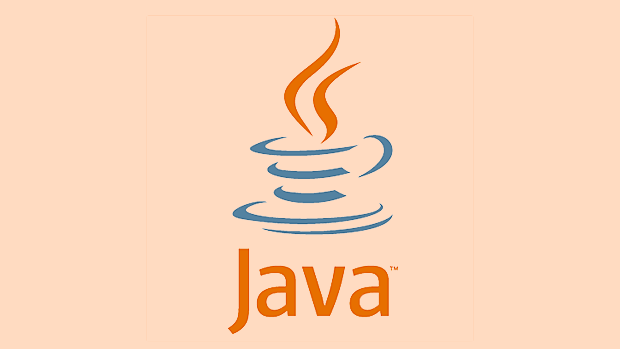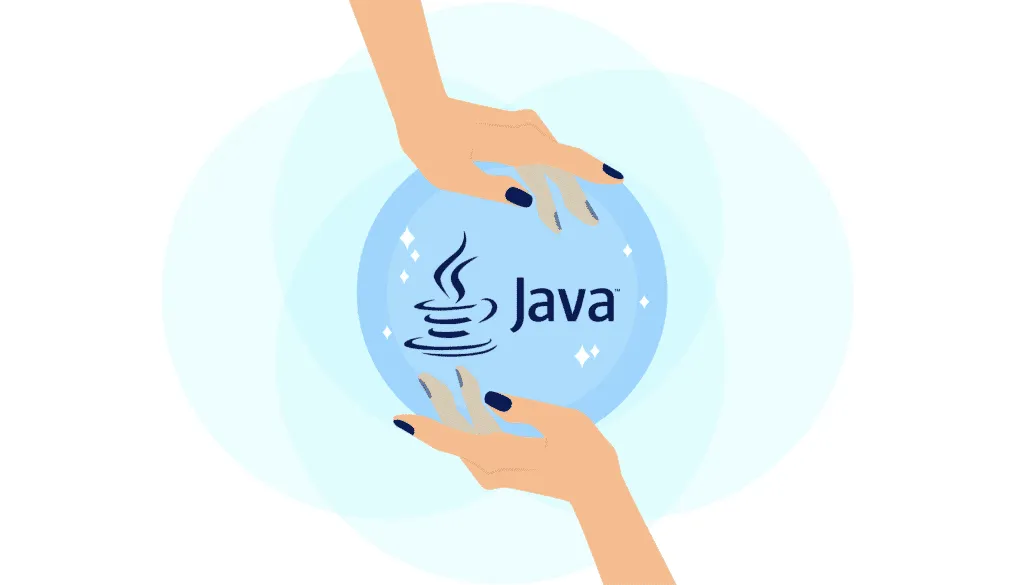Implementing `equals` and `hashCode` correctly in Java.
Jul 06, 2025 am 02:32 AMYou must override both equals() and hashCode() to maintain consistency in hash-based collections. 1) Overriding equals() without hashCode() breaks the contract that equal objects must have equal hash codes, leading to potential lookup failures in HashMap or HashSet. 2) Implement equals() by checking identity, nullity, class type, and field equality using Objects.equals() for nullable fields. 3) Implement hashCode() using the same fields as equals(), preferably with Objects.hash(). 4) Do not include derived or unused fields in hashCode(). 5) Skip overriding only when object identity suffices or when instances are inherently unique and not used in hash collections.

When you're working with Java objects and need to compare them or use them in hash-based collections like HashSet or HashMap, it's essential to override both the equals() and hashCode() methods correctly. Just doing one without the other can lead to inconsistent behavior, especially in collections that rely on hashing.

Why You Need Both equals and hashCode
Java’s contract for Object says that if two objects are equal according to equals(), they must have the same hash code. So if you override equals() but not hashCode(), you risk breaking this rule. That means your object might not work as expected in a HashMap or HashSet.

For example:
- Two objects that are logically equal (based on your
equals) could end up in different buckets because theirhashCode()values differ. - As a result, lookups may fail even though the object is "equal" — which can be really confusing when debugging.
So always override both together.

How to Implement equals Properly
Here’s how to write a solid equals() method:
- Check if the object being compared is the same instance (
this == obj) → return true. - Check if the object is null or of a different class → return false.
- Cast to the correct type.
- Compare all relevant fields for equality.
@Override
public boolean equals(Object obj) {
if (this == obj) return true;
if (obj == null || getClass() != obj.getClass()) return false;
MyType other = (MyType) obj;
return Objects.equals(field1, other.field1) &&
field2 == other.field2;
}A few notes:
- Use
Objects.equals(a, b)for fields that could benull. - For primitive types like
int, just use==. - Make sure you include all fields that define object identity.
Writing a Good hashCode Method
The easiest and safest way is to use Objects.hash(...) with the same fields used in equals():
@Override
public int hashCode() {
return Objects.hash(field1, field2);
}Alternatively, you can build it manually using a seed and combining each field. But unless you have special performance concerns, stick with Objects.hash().
Important points:
- Always use the same set of fields used in
equals(). - Don’t include derived or computed fields unless they’re part of the equality definition.
- If a field isn't used in
equals, it shouldn't be inhashCode.
When You Can Skip Overriding
You don’t need to override these methods if:
- Your class doesn’t care about logical equality beyond object identity.
- You won’t be storing instances in hash-based collections.
- You're dealing with entities where each instance is unique by design (like some event objects).
But in most business logic or domain models — like user data, products, settings — overriding is necessary.
That’s basically it. It’s not complicated, but it’s easy to get wrong. Keep the fields consistent between the two methods, and always pair them when you override.
The above is the detailed content of Implementing `equals` and `hashCode` correctly in Java.. For more information, please follow other related articles on the PHP Chinese website!

Hot AI Tools

Undress AI Tool
Undress images for free

Undresser.AI Undress
AI-powered app for creating realistic nude photos

AI Clothes Remover
Online AI tool for removing clothes from photos.

Clothoff.io
AI clothes remover

Video Face Swap
Swap faces in any video effortlessly with our completely free AI face swap tool!

Hot Article

Hot Tools

Notepad++7.3.1
Easy-to-use and free code editor

SublimeText3 Chinese version
Chinese version, very easy to use

Zend Studio 13.0.1
Powerful PHP integrated development environment

Dreamweaver CS6
Visual web development tools

SublimeText3 Mac version
God-level code editing software (SublimeText3)

Hot Topics
 How to iterate over a Map in Java?
Jul 13, 2025 am 02:54 AM
How to iterate over a Map in Java?
Jul 13, 2025 am 02:54 AM
There are three common methods to traverse Map in Java: 1. Use entrySet to obtain keys and values at the same time, which is suitable for most scenarios; 2. Use keySet or values to traverse keys or values respectively; 3. Use Java8's forEach to simplify the code structure. entrySet returns a Set set containing all key-value pairs, and each loop gets the Map.Entry object, suitable for frequent access to keys and values; if only keys or values are required, you can call keySet() or values() respectively, or you can get the value through map.get(key) when traversing the keys; Java 8 can use forEach((key,value)->
 Java Optional example
Jul 12, 2025 am 02:55 AM
Java Optional example
Jul 12, 2025 am 02:55 AM
Optional can clearly express intentions and reduce code noise for null judgments. 1. Optional.ofNullable is a common way to deal with null objects. For example, when taking values ??from maps, orElse can be used to provide default values, so that the logic is clearer and concise; 2. Use chain calls maps to achieve nested values ??to safely avoid NPE, and automatically terminate if any link is null and return the default value; 3. Filter can be used for conditional filtering, and subsequent operations will continue to be performed only if the conditions are met, otherwise it will jump directly to orElse, which is suitable for lightweight business judgment; 4. It is not recommended to overuse Optional, such as basic types or simple logic, which will increase complexity, and some scenarios will directly return to nu.
 How to fix java.io.NotSerializableException?
Jul 12, 2025 am 03:07 AM
How to fix java.io.NotSerializableException?
Jul 12, 2025 am 03:07 AM
The core workaround for encountering java.io.NotSerializableException is to ensure that all classes that need to be serialized implement the Serializable interface and check the serialization support of nested objects. 1. Add implementsSerializable to the main class; 2. Ensure that the corresponding classes of custom fields in the class also implement Serializable; 3. Use transient to mark fields that do not need to be serialized; 4. Check the non-serialized types in collections or nested objects; 5. Check which class does not implement the interface; 6. Consider replacement design for classes that cannot be modified, such as saving key data or using serializable intermediate structures; 7. Consider modifying
 Comparable vs Comparator in Java
Jul 13, 2025 am 02:31 AM
Comparable vs Comparator in Java
Jul 13, 2025 am 02:31 AM
In Java, Comparable is used to define default sorting rules internally, and Comparator is used to define multiple sorting logic externally. 1.Comparable is an interface implemented by the class itself. It defines the natural order by rewriting the compareTo() method. It is suitable for classes with fixed and most commonly used sorting methods, such as String or Integer. 2. Comparator is an externally defined functional interface, implemented through the compare() method, suitable for situations where multiple sorting methods are required for the same class, the class source code cannot be modified, or the sorting logic is often changed. The difference between the two is that Comparable can only define a sorting logic and needs to modify the class itself, while Compar
 How to parse JSON in Java?
Jul 11, 2025 am 02:18 AM
How to parse JSON in Java?
Jul 11, 2025 am 02:18 AM
There are three common ways to parse JSON in Java: use Jackson, Gson, or org.json. 1. Jackson is suitable for most projects, with good performance and comprehensive functions, and supports conversion and annotation mapping between objects and JSON strings; 2. Gson is more suitable for Android projects or lightweight needs, and is simple to use but slightly inferior in handling complex structures and high-performance scenarios; 3.org.json is suitable for simple tasks or small scripts, and is not recommended for large projects because of its lack of flexibility and type safety. The choice should be decided based on actual needs.
 Java method references explained
Jul 12, 2025 am 02:59 AM
Java method references explained
Jul 12, 2025 am 02:59 AM
Method reference is a way to simplify the writing of Lambda expressions in Java, making the code more concise. It is not a new syntax, but a shortcut to Lambda expressions introduced by Java 8, suitable for the context of functional interfaces. The core is to use existing methods directly as implementations of functional interfaces. For example, System.out::println is equivalent to s->System.out.println(s). There are four main forms of method reference: 1. Static method reference (ClassName::staticMethodName); 2. Instance method reference (binding to a specific object, instance::methodName); 3.
 How to handle character encoding issues in Java?
Jul 13, 2025 am 02:46 AM
How to handle character encoding issues in Java?
Jul 13, 2025 am 02:46 AM
To deal with character encoding problems in Java, the key is to clearly specify the encoding used at each step. 1. Always specify encoding when reading and writing text, use InputStreamReader and OutputStreamWriter and pass in an explicit character set to avoid relying on system default encoding. 2. Make sure both ends are consistent when processing strings on the network boundary, set the correct Content-Type header and explicitly specify the encoding with the library. 3. Use String.getBytes() and newString(byte[]) with caution, and always manually specify StandardCharsets.UTF_8 to avoid data corruption caused by platform differences. In short, by
 Outlook shortcut for new email
Jul 11, 2025 am 03:25 AM
Outlook shortcut for new email
Jul 11, 2025 am 03:25 AM
How to quickly create new emails in Outlook is as follows: 1. The desktop version uses the shortcut key Ctrl Shift M to directly pop up a new email window; 2. The web version can create new emails in one-click by creating a bookmark containing JavaScript (such as javascript:document.querySelector("divrole='button'").click()); 3. Use browser plug-ins (such as Vimium, CrxMouseGestures) to trigger the "New Mail" button; 4. Windows users can also select "New Mail" by right-clicking the Outlook icon of the taskbar






